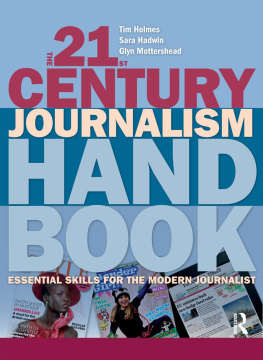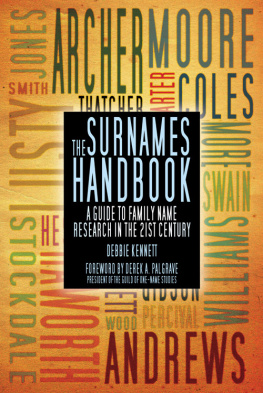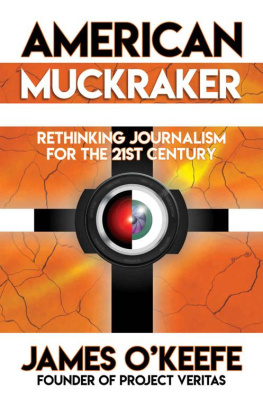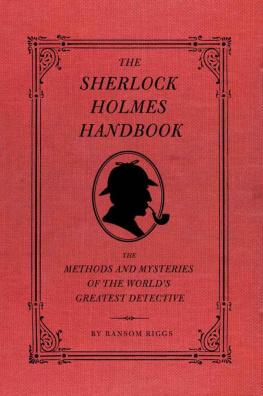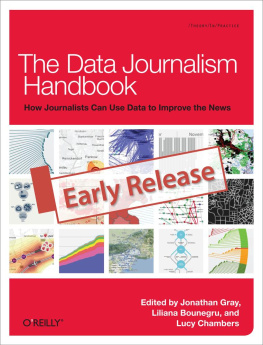First published 2013 by Pearson Education Limited
Published 2014 by Routledge
2 Park Square, Milton Park, Abingdon, Oxon OX14 4RN
711 Third Avenue, New York, NY 10017, USA
Routledge is an imprint of the Taylor & Francis Group, an informa business
Copyright 2013, Taylor & Francis.
The rights of Tim Holmes, Sara Hadwin and Glyn Mottershead to be identified as authors of this Work have been asserted by them in accordance with the Copyright, Designs and Patents Act 1988.
All rights reserved. No part of this book may be reprinted or reproduced or utilised in any form or by any electronic, mechanical, or other means, now known or hereafter invented, including photocopying and recording, or in any information storage or retrieval system, without permission in writing from the publishers.
Notices
Knowledge and best practice in this field are constantly changing. As new research and experience broaden our understanding, changes in research methods, professional practices, or medical treatment may become necessary.
Practitioners and researchers must always rely on their own experience and knowledge in evaluating and using any information, methods, compounds, or experiments described herein. In using such information or methods they should be mindful of their own safety and the safety of others, including parties for whom they have a professional responsibility.
To the fullest extent of the law, neither the Publisher nor the authors, contributors, or editors, assume any liability for any injury and/or damage to persons or property as a matter of products liability, negligence or otherwise, or from any use or operation of any methods, products, instructions, or ideas contained in the material herein.
ISBN 13: 978-1-4058-4632-5 (pbk)
British Library Cataloguing-in-Publication Data
A catalogue record for this book is available from the British Library
Library of Congress Cataloguing-in-Publication Data
A catalog record for this book is available from the Library of Congress
Typeset in 10/12.5pt Minion by 35
21st Century Journalism read all about it!
Marie Colvin, Remi Ochlik, Rami al-Sayed, Anas al-Tarsha
You may recognise these as the names of journalists who died in pursuit of a story to share across the globe. The four were all killed in Syria the most deadly country in the world for journalists in early 2012, followed by Brazil, Indonesia and Somalia.
No-one wants any journalist to have to make that ultimate sacrifice. We all want a world where journalists and civilians are safe from wars, narco gangs and corrupt political and business regimes. We all need to work harder to assess carefully and reduce the risks journalists face not just in war zones but in day-to-day reporting.
But even the most timid of us should have some sense of what drives a journalist to court danger if thats what it takes. The most humble fellow journalist will understand why, when everyone else flees from disaster, we run or at least edge cautiously towards it.
The best journalists want to know what is going on and are desperate to share it with the world. That combination of finding and imparting information is at the heart of what we do.
For journalists the world is infinitely fascinating, filled with intriguing people and places. Some pursue their thirst for information gathering and storytelling on the barricades of the Arab Spring; others inspire an audience to share a passion for a football team or hobby.
We are all driven by the power of sharing information. The exercise of freedom of expression is central to all human development but it is particularly important in a democracy.
Journalism collectively provides one of the essential checks and balances on the powers-that-be. Pushing the boundaries of what the public has a right to know is key to the legitimacy of a representative democracy.
Journalists help people to function as citizens by making sense of the world they live in from whats happening down their street to the machinations of global warming.
Dealing with the unexpected is part of the thrill of journalism yet journalists themselves can be remarkably averse to change. The dynamism in society that we relish reporting can be unnervingly challenging within our own industry.
Text-based media has been through many transitions as you will see in , but the pace and scope of the changes in the 21st century are particularly daunting. There will be winners and losers in such transformation. The dinosaurs will become extinct but going with the flow of every new technical development is not necessarily the answer either. When so much is in flux, we need to judge carefully how to preserve the essentials of our role within a shifting world. How do we combine the best of the past, present and future to help journalism thrive?
That is the challenge we rise to in this text. One of the first tasks is for you as the reader to appreciate just how radical the changes of the 21st century are proving. We need you to use this text as a platform from which you can track the dynamics of journalism; update and build on your knowledge and understanding. The connections you make will be the first step on your way to becoming a 21st century networked journalist.
Throughout the chapters you will confront a whole raft of 21st century developments mainly driven by the spread of digital, and particularly mobile, media but also by broader social and economic change. Journalists face:
new ways of information gathering
new ways of reaching an audience
new expectations of what readers want and need
new legislation and regulation
new relationships with readers
new ways of making it pay
Thats a long list especially for anyone who has to make the leap from 20th century to 21st century journalism. Those just starting out should find it easier to see the opportunities rather than the threats emerging from the new. Exploiting the potential of social media, data-driven journalism and mobile platforms should come naturally. How audiences access news and other journalism is changing rapidly with a surge in the 140-character microblog alongside a continuing appetite for long-form journalism
As we go to press, major developments are pending in the legal and regulatory framework in which 21st century journalists must operate. More journalists and media executives are to be prosecuted in the wake of the News of the World phone hacking scandal. Mainstream print media are set to face stricter regulation as an outcome of the ensuing Leveson inquiry, which also examines the broader relationship between police, politicians and the media. Much will depend on his ultimate recommendations, expected late 2012.





